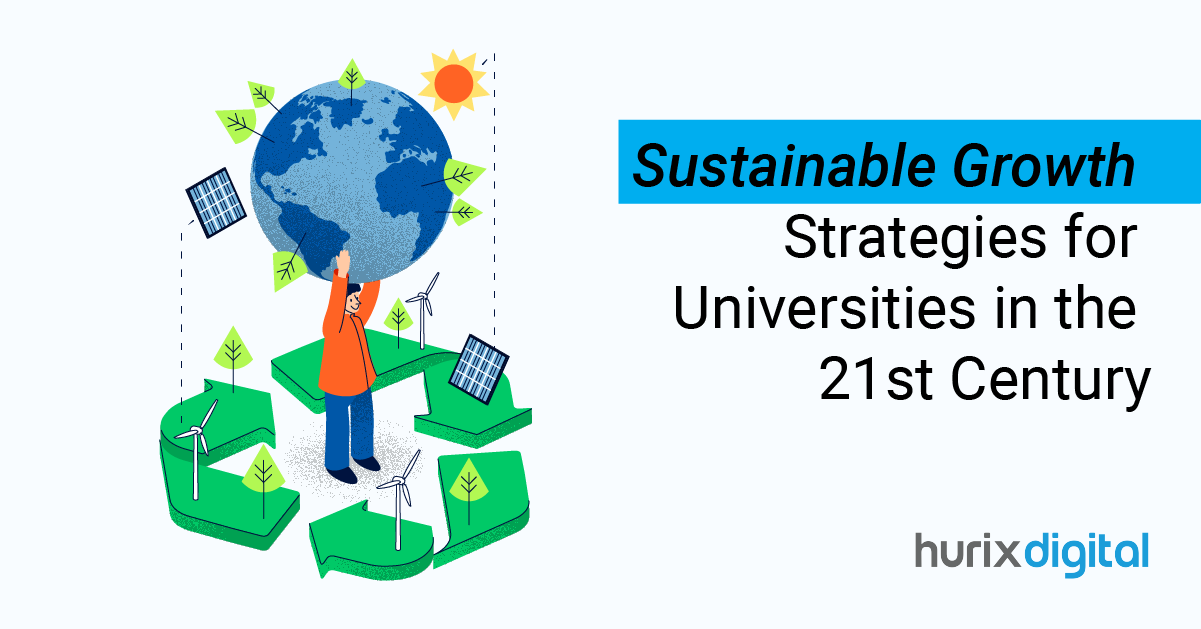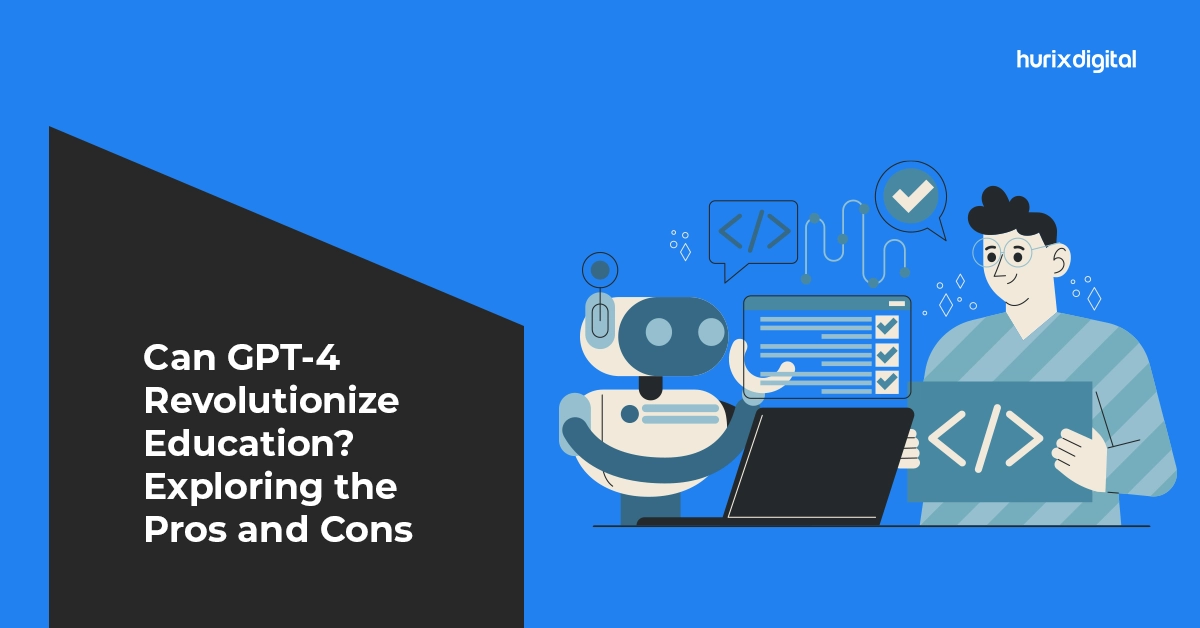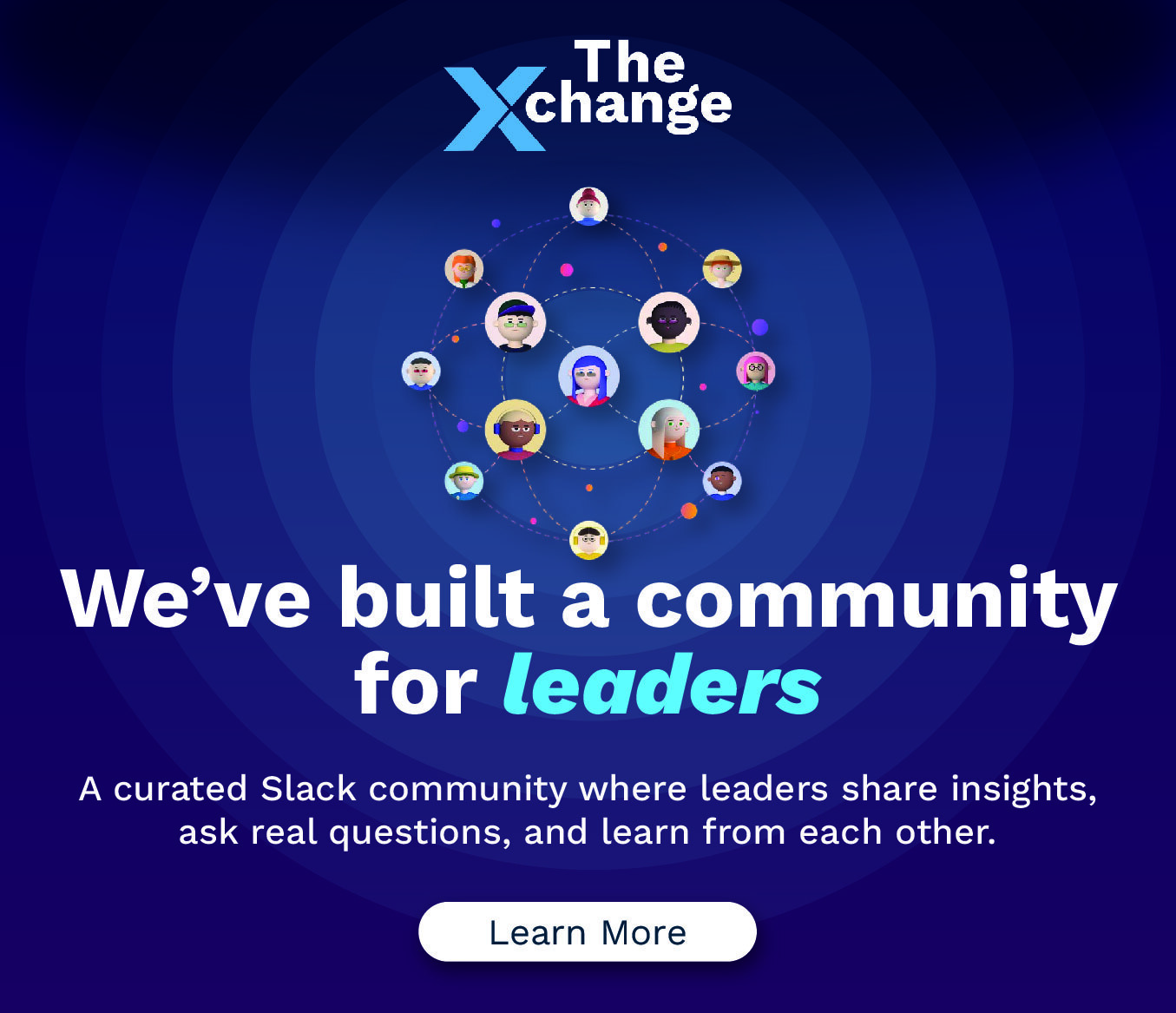
Sustainable Growth Strategies for Universities in the 21st Century
Summarize with:
At an inflection point, universities are balancing academic excellence and sustainability. Today, this is being termed one of the biggest societal challenges that we face. Far less focus is placed on educational accomplishments, and more attention is given to how these institutions can impact the sustainability of things from now on.
In the blog, we will explore how universities might need to evolve in order to sustain growth over an extended period of time, reframing current challenges as twenty-first-century opportunities.
Table of Contents:
- Top Sustainable University Growth Strategies in the 21st Century
- Redefining Educational Models for Higher Education Sustainability
- Environmental Sustainability on Campus
- Ensuring Financial Sustainability
- Community Engagement and Collaborative Efforts
- Harnessing Technology for Sustainable Progress
- Fostering Research and Innovation
- Prioritizing Mental Wellbeing for Sustainable Growth
- Cultivating Global Connections for Institutional Advancement
- Wrapping Up
Top Sustainable University Growth Strategies in the 21st Century
Here are our top 12 university growth strategies to consider:
1. Redefining Educational Models for Higher Education Sustainability
Universities need to reconsider how they deliver education if they hope to remain relevant in the long run. Blended learning is a scalable and adaptable technique that takes into account a variety of learning styles. It involves integrating online and in-class training. This methodology makes sure that education continues even in the face of calamities like pandemics.
Universities have also added credentials, professional development courses, and online and offline learning courses to their list of offerings.
These options equip students with current skills, keeping the institution attractive and relevant even after students complete their initial degrees.
2. Environmental Sustainability on Campus
Colleges are uniquely positioned to take the lead in environmental sustainability. This is a key concept for the campus’s green transformation, and it requires a lot of work. They are able to offer a range of initiatives that support environmental sustainability.
By implementing energy-efficient buildings, using materials supplied sustainably, and encouraging sustainable living among students, universities may lessen their carbon impact.
They can also lead the way in renewable energy innovation, assist with trash reduction initiatives, and promote environmentally friendly modes of transportation like riding bikes and driving electric cars. Achieving long-term environmental sustainability on campus requires effective resource management that is centered on minimizing waste, water, and energy use.
In order to make sure that environmental factors are a key component of strategic decision-making, university presidents should incorporate these sustainability principles into their development plans. By doing this, they will improve the campus’s environmental impact and establish the university as a pioneer in sustainability among academics.
3. Ensuring Financial Sustainability
Redirecting savings toward enhancing student services and educational quality can also be accomplished through cost-effective operational initiatives, including putting in place energy-efficient systems and optimizing resource use.
Institutions must be financially sustainable in order to flourish. Tuition prices can be reduced by diversifying financing sources, including government grants, corporate partnerships, alumni gifts, and research funding.
Read More: Top 5 Data Modernization Strategies for Higher Education
4. Community Engagement and Collaborative Efforts
Community-based learning initiatives are another excellent approach. Universities may partner with local communities to encourage students to be socially conscious and support community change.
These programs enable students to apply their knowledge to real-world challenges by combining academic study and practical practice.
Strong community engagement and collaboration are essential for institutions’ long-term success. Students can benefit from industry connections by getting valuable resources, real-world experience, and opportunities.
5. Harnessing Technology for Sustainable Progress
A strong digital infrastructure is a critical investment for modern universities. High-speed internet, contemporary research facilities, and digital learning platforms are all necessary components. These technologies support both on-campus and remote learning, making education available to all students, regardless of location.
Data-driven decision-making is another valuable tool for institutions. Data analytics may assist institutions in getting information on student performance, resource allocation, and market trends. This data might be utilized to impact strategic planning and help institutions optimize their operations, resulting in better educational outcomes and more efficient resource allocation.
6. Fostering Research and Innovation
Integrating research into education can significantly boost student engagement and improve learning outcomes. Innovations like virtual reality and artificial intelligence provide fresh methods for content delivery.
Not only this but encouraging interdisciplinary programs allows students to delve into various fields, promoting critical thinking and creativity.
The adoption of adaptable learning models, such as blended and hybrid approaches, can improve retention rates and overall student satisfaction by catering to the different requirements of students.
University presidents emphasize fostering an atmosphere that values research and innovation, encouraging interdisciplinary collaboration, and implementing flexible learning practices when it comes to growth strategies for higher education. This strategy guarantees that the school stays at the forefront of academic and technological advancement while also advancing the quality of education.
7. Prioritizing Mental Wellbeing for Sustainable Growth
The happiness and well-being of faculty, staff, and students are critical to a university’s long-term performance. By providing comprehensive support services including counseling, stress management workshops, and awareness-raising initiatives, schools should place a high priority on mental health.
Adding health-related activities to the course lineup could help. Classes and talks about building mental toughness, staying well, and handling stress give students tools to cope with our fast-moving world today.
When you build an environment where people feel safe and valued, it can boost academic results, keep more students in school, and get the whole campus more involved.
8. Cultivating Global Connections for Institutional Advancement
Universities need to build worldwide partnerships and networks to succeed in the long run. When schools team up with foreign universities, they can boost their research power, offer student exchanges, and draw in students from all over.
These connections allow schools to collaborate on research, share knowledge, and learn about different cultures, improving the learning experience for everyone involved.
Joining global academic groups can help universities keep up with what’s happening around the world and learn about the best ways to run a school. This worldwide view can help shape their plans for the future and spark new ideas, keeping them competitive and ahead of the curve.
Read More: How Higher Education Can Prepare Students for Emerging Careers?
Wrapping Up
As colleges manage the complexity of the twenty-first century, sustainable growth methods are critical.
Universities may help to create a sustainable future by prioritizing ecologically beneficial activities, being financially healthy, engaging with local communities, embracing technology improvements, and promoting research and innovation. These different methods will enable institutions to stay relevant and influential, resulting in a more sustainable environment for everybody.
In this regard, Hurix Digital is committed to assisting academic institutions in creating solid, long-term growth strategies, since we recognize the difficulties they confront. We can help you every step of the way, whether your goal is to improve financial operations, incorporate cutting-edge technologies, or strengthen sustainability activities.
Get in touch with us right now to find out how we can collaborate to build your institution’s sustainable future and guarantee its success and impact for years to come.
Summarize with:

Senior Vice President
A Business Development professional with >20 years of experience with strong capability to sell new solutions and develop new markets from scratch. New Market Entry Specialist with experience working in the largest emerging markets. Exceptional experience in conceptualizing, ideating and selling new learning technologies like VR AR, etc. across multiple industry verticals.
 A Space for Thoughtful
A Space for Thoughtful 




